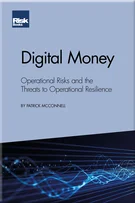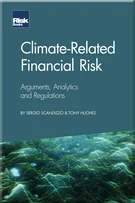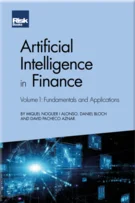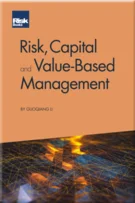Assessing the available evidence related to consumer credit risk
Acknowledgements
Foreword
Preface
Introduction
Regulator motivation and aims
Scenarios
Two underappreciated climate risk topics: Exposure at default and asset valuation
Assessing the available evidence related to consumer credit risk
The modelling of climate-related financial risk
Credit risk – Probabilities of default models
Climate-related loss given default
Market risk
Liquidity risk
Operational risk
The (limited) power of disclosures
Financial regulators’ climate mandate should be formalised
Where to for climate risk regulation?
Conclusions: Using finance to drive climate solutions
References
A key theme running through this book is that the available evidence linking climate change to financial stability is either lacking or too mild to be considered a genuine proximate threat. Normally we would expect public policy, especially around bank supervision, to be conducted strictly on the basis of the available evidence. Put simply, the banking system seems to have been robust to the physical effects of climate change that have been observed in recent decades and may even be a net beneficiary of the conditions that lead to global warming. The financial system has also generally held firm given the variety of transition efforts that have been undertaken by legislators and preference shifts undertaken by the general public.
Indeed, you could argue that global warming is already woven into the risk management fabric of the banking sector. This is not to say that banks cannot refine their practices to better account for the effects of climate change, or that banks cannot use such an initiative to find opportunities to profit and avoid a range of potential losses caused by climate change. We are merely saying that regulators neglecting to explicitly deal with climate change would
Copyright Infopro Digital Limited. All rights reserved.
As outlined in our terms and conditions, https://www.infopro-digital.com/terms-and-conditions/subscriptions/ (point 2.4), printing is limited to a single copy.
If you would like to purchase additional rights please email info@risk.net
Copyright Infopro Digital Limited. All rights reserved.
You may share this content using our article tools. As outlined in our terms and conditions, https://www.infopro-digital.com/terms-and-conditions/subscriptions/ (clause 2.4), an Authorised User may only make one copy of the materials for their own personal use. You must also comply with the restrictions in clause 2.5.
If you would like to purchase additional rights please email info@risk.net










